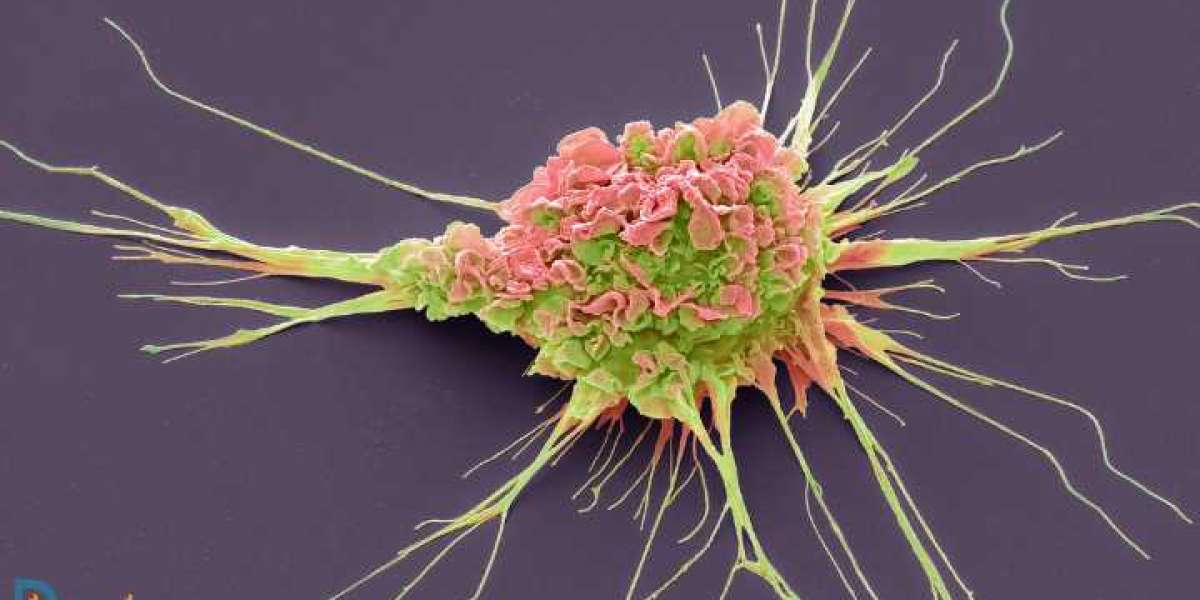The Transformative Landscape of Multiple Myeloma Treatment
The treatment landscape for multiple myeloma has evolved rapidly, driven by breakthroughs in research and drug development. New therapeutic options are reshaping how clinicians approach this complex disease, and the landscape is increasingly crowded with innovative treatments. Major categories of drugs include:
- Proteasome Inhibitors: These agents, such as bortezomib and carfilzomib, disrupt the cancer cell's ability to degrade proteins, making them a staple in myeloma therapy.
- Immunomodulatory Drugs (IMiDs): Medications like lenalidomide and pomalidomide have significantly improved patient outcomes and have become mainstays in treatment protocols.
- Monoclonal Antibodies: Targeting specific proteins on myeloma cells, monoclonal antibodies such as daratumumab and elotuzumab enhance the immune response against the cancer.
- CAR-T Cell Therapies: These revolutionary therapies involve modifying a patient's T cells to attack cancer cells, showing promise in patients with relapsed or refractory myeloma.
With such a dynamic treatment landscape, BMS and Janssen are at the forefront, poised to influence the future of multiple myeloma management.
Bristol Myers Squibb: Innovation and Expansion
BMS has a robust history in oncology, particularly in multiple myeloma, where it has made considerable advancements. The company’s flagship product, Revlimid (lenalidomide), has transformed treatment protocols and significantly increased survival rates among patients. BMS’s commitment to innovation is reflected in its investment in research and development, focusing on several key areas:
- CAR-T Cell Therapies: BMS is leading the way with Abecma (idecabtagene vicleucel), a CAR-T therapy that has demonstrated substantial efficacy in relapsed or refractory cases of multiple myeloma.
- Combination Treatments: The company is exploring various combinations of existing therapies to enhance effectiveness and overcome treatment resistance.
- Future Innovations: BMS is actively working on developing new monoclonal antibodies and other targeted therapies to expand its treatment options.
BMS's strategic focus on innovation and its partnerships with research institutions enhance its prospects in the competitive multiple myeloma market.
Janssen Pharmaceuticals: Comprehensive Treatment Solutions
Janssen Pharmaceuticals, a subsidiary of Johnson Johnson, is a formidable competitor in the multiple myeloma space. The company’s strategy is characterized by a diverse and robust portfolio of therapies that have redefined treatment options. Key products include:
- Darzalex (daratumumab): A pioneering monoclonal antibody that targets CD38, leading to significant survival benefits and becoming a standard of care for many patients.
- Ninlaro (ixazomib): This oral proteasome inhibitor enhances treatment flexibility and improves patient adherence.
- Carvykti (ciltacabtagene autoleucel): Recently approved, this CAR-T therapy targeting BCMA is expected to transform the treatment landscape for difficult-to-treat myeloma cases.
Janssen's commitment to research is reflected in its extensive clinical trial programs, which focus on innovative combination therapies and the use of real-world evidence to optimize treatment strategies and expand the reach of its products.
Comparative Analysis: Strategic Strengths and Market Positioning
- Pipeline Strength and Diversity:
- BMS boasts a strong pipeline with a focus on advanced CAR-T therapies, which could provide a competitive edge in treating relapsed or refractory multiple myeloma.
- Janssen’s emphasis on a broad array of therapies, including monoclonal antibodies and oral options, allows it to address various patient needs and preferences.
- Market Penetration and Access:
- BMS has made significant strides in securing access for its therapies, although it faces intense competition from Janssen’s established market presence and distribution networks.
- Janssen leverages its resources effectively to reach a diverse patient population, ensuring widespread availability of its treatments.
- Commitment to Research and Innovation:
- Both companies invest heavily in clinical trials to expand indications and improve treatment outcomes. Janssen’s focus on combination therapies may lead to quicker advancements in patient care.
Future Outlook: The Road Ahead for BMS and Janssen
As the decade unfolds, both BMS and Janssen are well-positioned to influence the multiple myeloma treatment landscape. The determination of which company will emerge as a leader may depend on various factors, including:
- Evolving Treatment Guidelines: The development of new therapies and combination regimens will undoubtedly shape clinician preferences and clinical practices.
- Patient-Centric Solutions: Companies that prioritize patient access, affordability, and education will likely gain a competitive advantage in this market.
- Regulatory Approvals and Market Timing: Swift approvals of new treatments and indications can shift market dynamics and determine which company can capitalize on emerging opportunities.
Conclusion
The competition between BMS and Janssen in the multiple myeloma treatment market is intensifying, with both companies poised to lead with their innovative therapies and extensive pipelines. While BMS emphasizes advancements in CAR-T therapies, Janssen's diverse product offerings ensure its continued growth. The next decade will be defined by breakthroughs in treatment options, patient accessibility, and the ability of these companies to adapt to the evolving needs of patients and healthcare providers. The battle for dominance in the multiple myeloma treatment market is just beginning, and it promises to be an exciting journey for the stakeholders involved.







